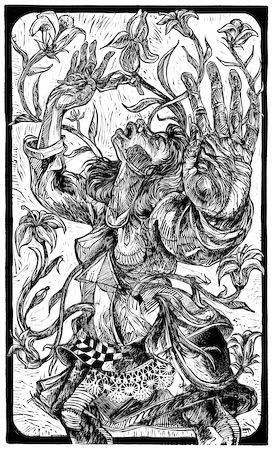Splinters by Amina Diakité
When the night splinters
Fractured by a sense of static
We open our eyes to a glimpse
Of warmth that touches our cheeks
To our chins
To see glass portray a picture of trees
Pierced by light of color
Through branches strong
We sink deep into the lush of comfortable
To only understand the confliction
Of being blessed for another day
Yet only wanting to pull at the silent and limp
Who stay in a sleep like death
Without darkness there would be no light
How blessed you must be to see the light
If only they knew that light could blind
When reading this poem I couldn’t help but connect this bittersweet truth, to that of Plato’s Allegory of the Cave. The truth, is knowing the reasons for the disconnect between those within the Veil and outside of the Veil. This circumstantial analogy had popped up in the INTD class, the Art of Steve Prince in it’s comparison to W.E.B Dubois’s Veil which explains the implication of knowledge and the lack thereof. I felt it explained the allegory adequately which, also illuminates to real life situations. The allegory goes to explain a group of individuals who are forced to live in a cave, they are blind to what real life has to offer and are limited to what information they are told. One of the individuals is freed and is able to experience life in its entirety, later after enjoying freedom and realizing that everything they’ve learned had only been a fraction of what the world is actually about that freed individual goes back into the cave in order to help and explain to his captivated peers that what they have learned of the world is a lie, he will then try to help free them. The rest of the captivated individuals however get mad at the freed individual and in a group like fashion they decide to resist against what the freed individual is saying. Later the captivated create this trio that states that if anyone tried to take another person out if the cave then it would mean death for said deliverer. How does this connect to the real world and W.E.B. Du bois Veil? When we think about the Veil we get to understand that it serves as a dividing factor between the haves and the have nots. The have nots are the poor, impoverished, low skilled, undervalued, uneducated, and the have’s are everything but.
When someone from the have nots side makes it across the Veil you would expect for their to be celebration. But usual that individual is looked down upon, whether from jealousy or out of spite. There is this constant pulling and balancing of both worlds. The poem goes to relate to that constant balance and for the most part the imbalance where such disconnect between the two groups on either side of Du bois’s Veil. There should not be any disconnected when we look at this analogy. There should be no forced individuals who are made to spend the rest of their lives in caves, and there should be no gabble to hurt or dismiss an individual trying to help people leave the cave. People should be willing to leave there oppressive state and people not in the oppressive state should make it their duty to help those who are.


